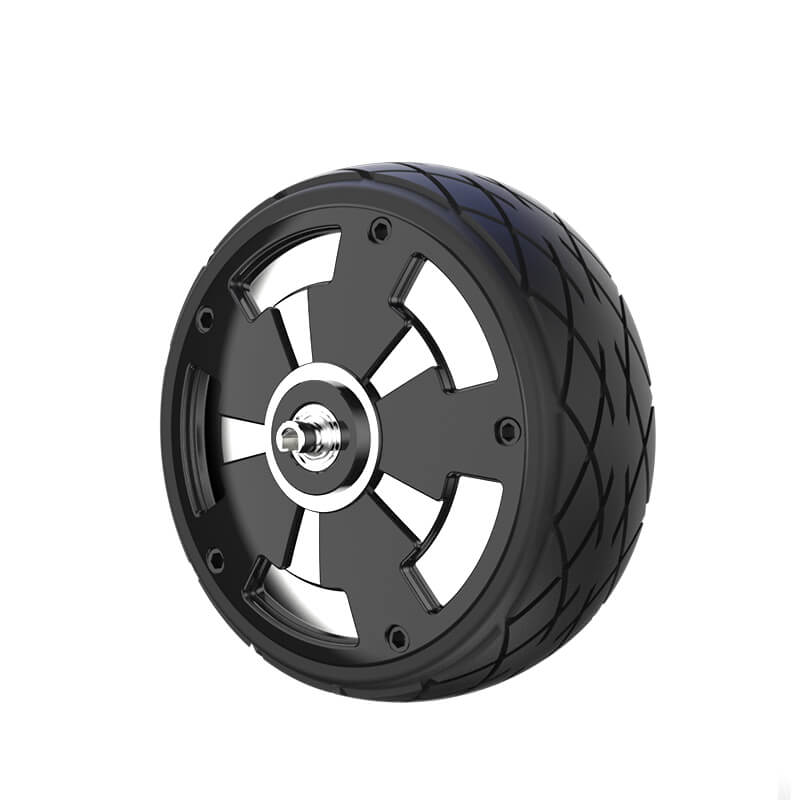Spring Boot and Microservices: A Winning Combo for Modern Software Development
If you're diving into modern software development, chances are you've already come across the terms "Spring Boot" and "microservices." But what makes this combination so powerful? Let’s take a closer look at why Spring Boot and microservices go hand-in-hand to create flexible, scalable, and reliable applications.

What Makes Spring Boot Stand Out?
Spring Boot, in a nutshell, is a framework that simplifies the development of Java applications. It takes away much of the manual configuration, making it easier to get up and running. Imagine building a complex Java application without having to spend hours setting up the basic infrastructure. Spring Boot automates most of that process, letting you focus on what really matters: your business logic.
If you've ever struggled with the over-complicated configurations of traditional Java frameworks, you know how painful it can be to just get started. But with Spring Boot, all you need is a few lines of code, and voilà! Your app is ready for action. This is especially valuable in today’s fast-paced world where time is always of the essence.
Microservices: The Game-Changer
Microservices, on the other hand, are an architectural style where an application is built as a collection of loosely coupled services. Each service focuses on a single responsibility, making it easier to manage, scale, and update. For example, if you're building an e-commerce platform, you might have separate microservices for user authentication, payment processing, and inventory management. Each one runs independently, so if something goes wrong with one part, it doesn’t bring the entire system down.
But why microservices? Why not stick to a monolithic application? While monolithic systems can work well for small-scale apps, they tend to break down as your application grows. They become harder to scale, update, and maintain. Microservices solve that by allowing teams to work on different parts of the application independently.
Why Combine Spring Boot with Microservices?
When you combine Spring Boot with microservices, you get the best of both worlds: a framework that simplifies development and an architectural style that offers unmatched scalability and flexibility. Spring Boot is perfect for creating the individual microservices, while the modular nature of microservices helps you organize your code into smaller, manageable pieces. Each microservice can be developed, deployed, and updated independently without disrupting the rest of the system.
For instance, imagine you’re building a customer management system. You can create one Spring Boot application for managing customer profiles, another for tracking orders, and yet another for processing payments. If you need to update the payment service, you can do so without worrying about the customer profile service crashing or breaking the order tracking feature.
Can This Approach Scale?
Absolutely. Scalability is one of the key benefits of using Spring Boot with microservices. As your user base grows, your application will need to handle more traffic and data. With a monolithic application, scaling often means scaling the entire app, even if only one part of it needs more resources. Microservices allow you to scale only the services that require additional capacity, making your application more efficient.
For example, during peak shopping seasons, your payment processing service might need extra servers to handle the increased load. With a microservices architecture, you can scale just the payment microservice, leaving other services unaffected.
Is It Worth the Effort?
In short, yes. While adopting microservices and Spring Boot requires some initial effort to get everything set up, the long-term benefits far outweigh the short-term challenges. Once everything is in place, you'll be able to develop, test, and deploy each service independently, leading to faster development cycles and fewer errors.
Plus, with the right tools, monitoring, and maintenance strategies, managing a microservices-based system can be smooth sailing. It's all about breaking down the complexity and building an application that grows with your needs.
Conclusion
Spring Boot and microservices are a match made in developer heaven. With Spring Boot’s simplicity and microservices' flexibility, you have a powerful combination that makes it easier to build, scale, and maintain modern applications. Whether you're working on a small app or an enterprise-level platform, this combo is designed to help you move fast, stay flexible, and build robust systems. So, why not give it a shot and take your development process to the next level?
Established in 2005, Kpower has been dedicated to a professional compact motion unit manufacturer, headquartered in Dongguan, Guangdong Province, China. Leveraging innovations in modular drive technology, Kpower integrates high-performance motors, precision reducers, and multi-protocol control systems to provide efficient and customized smart drive system solutions. Kpower has delivered professional drive system solutions to over 500 enterprise clients globally with products covering various fields such as Smart Home Systems, Automatic Electronics, Robotics, Precision Agriculture, Drones, and Industrial Automation.




































